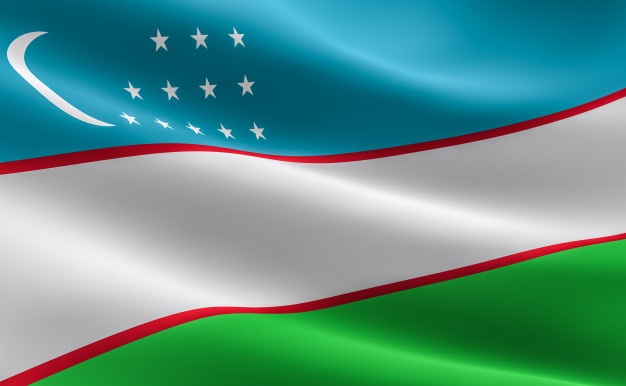
Uzbekistan
Central Asia as a Strategic Actor
Reconfiguring the C5+1 Partnership for a New Geopolitical Era
By Eldor Tulyakov
Executive Director, Development Strategy Centre, Uzbekistan
Eldor Tulyakov, Executive Director, Development Strategy Centre, Uzbekistan
The C5+1 Summit in Washington is a significant inflexion point in the relations between the Central Asian states and the United States. It marks a strategic shift from dialogue-focused diplomacy to a more pragmatic phase of implementation and coordinated action. This shift, taking place amidst intensifying geopolitical competition, shifting global supply chains, and evolving energy security concerns, underscores that Central Asia is no longer a passive geopolitical periphery. It is now asserting its role as a region of strategic agency.
Washington characterises the C5+1 platform as a mechanism to advance economic cooperation, enhance energy security, and strengthen regional stability. In this sense, the format should not be viewed through the lens of zero-sum geopolitical alignment. It is better understood as an architecture of shared opportunities. This interpretation aligns with the region's strategic advantage: Central Asia possesses significant natural and industrial potential, including uranium and rare-earth elements in Kazakhstan and Uzbekistan, substantial hydropower resources in Kyrgyzstan and Tajikistan, and essential natural gas reserves in Turkmenistan. These resources are increasingly relevant to the global green transition and high-tech manufacturing industries.
From Uzbekistan's perspective, the C5+1 platform complements a broader foreign policy approach grounded in constructive, pragmatic, and balanced cooperation. The country is pursuing major reforms aimed at diversifying external economic partnerships, integrating more deeply into global logistics and supply chains, improving the investment climate, and modernising state administration.
Within this framework, several priority areas stand out:
First, regional transport connectivity. Although landlocked, Uzbekistan is a key transit hub. Enhanced cooperation with the United States can accelerate the development of the Trans-Caspian transport corridor and strengthen EastWest and North-South connectivity, reinforcing the region's role in international trade flows.
Second, renewable energy and industrial modernisation. Uzbekistan aims to raise the share of renewable energy to at least 40 per cent of its energy mix by 2030. Strategic partnerships in wind and solar generation, energy storage, and emerging hydrogen technologies offer pathways for sustainable industrial restructuring.
Third, the deep processing of strategic minerals. The proposal to create a Special Committee to coordinate the exploration, extraction, and processing of critical minerals reflects a shift away from raw material export models toward value-added industrial ecosystems. The strategic goal is clear: the value chain should remain within the region to support job creation, industrial diversification, and technological sovereignty.
Fourth, human capital. Partnerships with leading universities, research institutions, and governance academies in the United States will contribute to developing the knowledge base necessary for the "New Uzbekistan", where human capital is recognised as the most important national resource.
Security remains a central concern, particularly given the situation in Afghanistan. The C5+1 mechanism offers a stable platform for ongoing security dialogue and joint approaches to shared risks.
Equally important is the heightened parliamentary dimension of international diplomacy. Meetings between the President of Uzbekistan and influential members of the U.S. Congress strengthen trust and create political foundations for long-term cooperation. In diplomacy, political trust is the cornerstone of partnership.
In conclusion, the C5+1 Summit carries substantive implications for both Central Asia and Uzbekistan. It holds the potential to expand economic and investment opportunities, consolidate logistics and energy security frameworks, advance technological and industrial modernisation, and deepen human capital development.
As Uzbekistan continues along a path defined by independence, openness, and
pragmatic engagement, the strengthening of the C5+1 partnership represents
a deliberate and strategically coherent step — one that aligns national
interests with the emergent dynamics of regional and global order.

